Swimming is as much a mental sport as it is physical. The rhythm of breath, the pull of water, and the repetition of strokes create a natural flow that can be deeply meditative. Yet, many swimmers overlook the power of intentional mindfulness—especially when they’re out of the pool. This 20-minute no-equipment mindfulness routine is designed specifically for swimmers seeking mental clarity, focus, and recovery, using only their breath, body awareness, and attention.
Swimming demands precision, pacing, and mental endurance. A single lapse in focus can disrupt stroke efficiency or race strategy. Research shows that mindfulness improves attention control, reduces pre-competition anxiety, and enhances recovery by lowering cortisol levels. Unlike high-intensity workouts, mindfulness strengthens the mind-body connection—critical for breath control, turn timing, and maintaining stroke rhythm under fatigue.
The best part? You don’t need any equipment. Just 20 minutes a day, in any quiet space, can build mental resilience that translates directly to performance in the water.
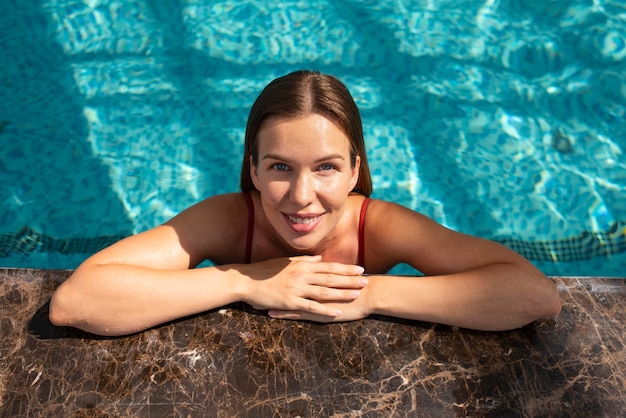
This routine is structured into four 5-minute phases: grounding, breath awareness, body scan, and visualization. Each builds on the last, guiding you from mental noise to focused calm—ideal before training, after competition, or during recovery days.
Sit comfortably on the floor or a chair with feet flat. Close your eyes or soften your gaze. Begin by noticing your contact with the surface beneath you—your sit bones on the floor, your feet on the ground. This physical anchor helps shift attention away from distractions.
Then, name silently:
This sensory check-in activates the parasympathetic nervous system, reducing mental chatter and preparing the mind for deeper focus.
Bring attention to your breath. Don’t change it—just observe. Notice the cool air entering your nostrils, the rise of your chest or abdomen, and the warmer air exiting.
Then, begin to lengthen your exhale. Inhale for a count of four, exhale for six. This extended exhale activates the vagus nerve, promoting relaxation and lowering heart rate—mirroring the controlled breathing used during underwater phases or flip turns.
If your mind wanders (and it will), gently return to the breath without judgment. Each return is a mental rep, just like a lap in the pool.
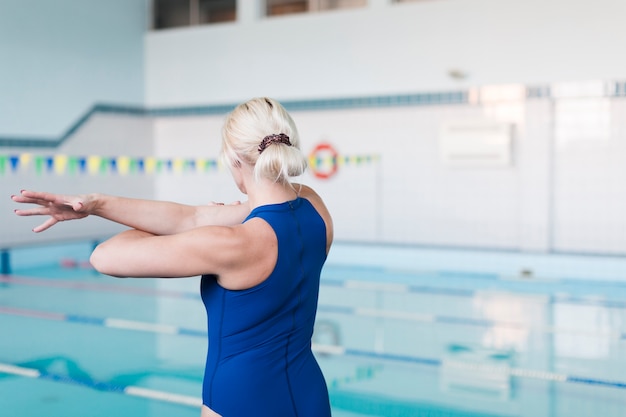
Shift attention from breath to body. Start at the crown of your head and slowly move down—forehead, jaw, shoulders, arms, hands, chest, abdomen, hips, thighs, calves, feet.
Notice areas of tension or warmth, without trying to change them. For swimmers, common tension points include the neck, shoulders, and lower back—areas under constant strain during strokes.
As you scan, imagine each exhale softening those areas, like water gently releasing resistance. This builds body awareness critical for stroke correction and injury prevention.
Close your session with visualization. Picture yourself swimming with perfect form: smooth entry, powerful pull, streamlined kick. Feel the water’s resistance and your effortless glide.
Visualize a recent race or training set—this time, executing it flawlessly. Include sensory details: the sound of water, the rhythm of breath, the feel of the wall during a turn.
Studies show mental rehearsal activates the same neural pathways as physical practice, reinforcing muscle memory and boosting confidence.
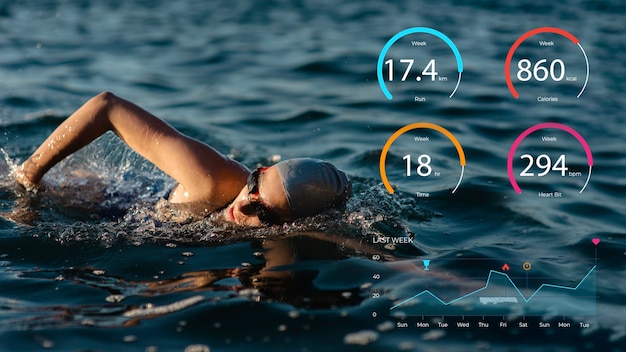
Mindfulness grows with repetition. Try these evidence-based habits:
Mindfulness isn’t about emptying the mind—it’s about training it. For swimmers, this 20-minute routine builds focus, reduces stress, and enhances body awareness, all without stepping into the pool. Like any fitness skill, it improves with practice. Commit to just 20 minutes a day, and you’ll soon notice calmer starts, sharper turns, and a stronger mental edge—both in and out of the water.

Fitness

Fitness

Fitness

Fitness
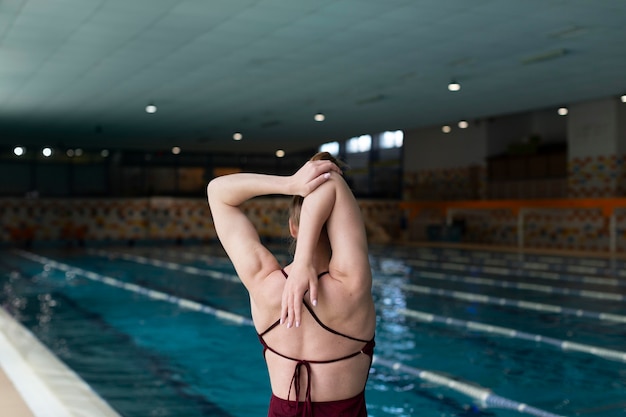
Fitness

Wellness
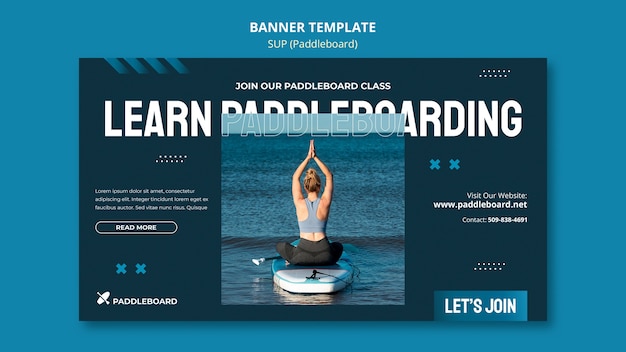
Fitness
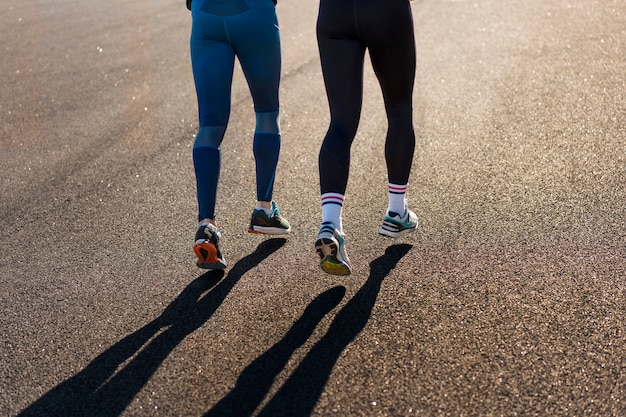
Fitness

Fitness
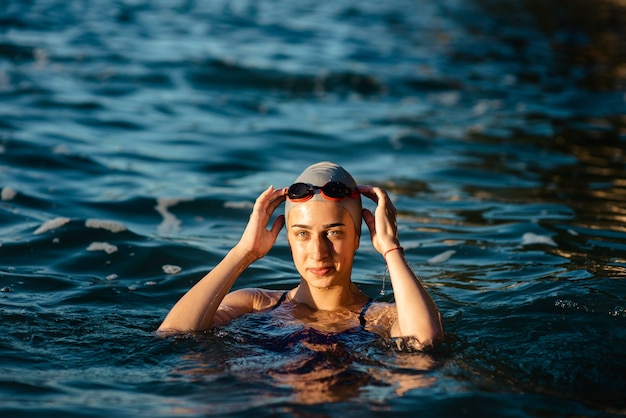
Fitness

Fitness

Health

Fitness

Health

Health